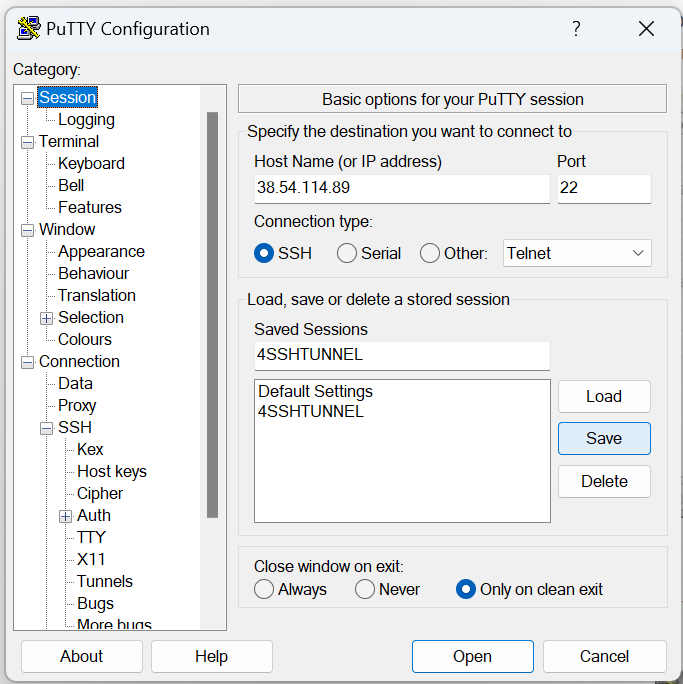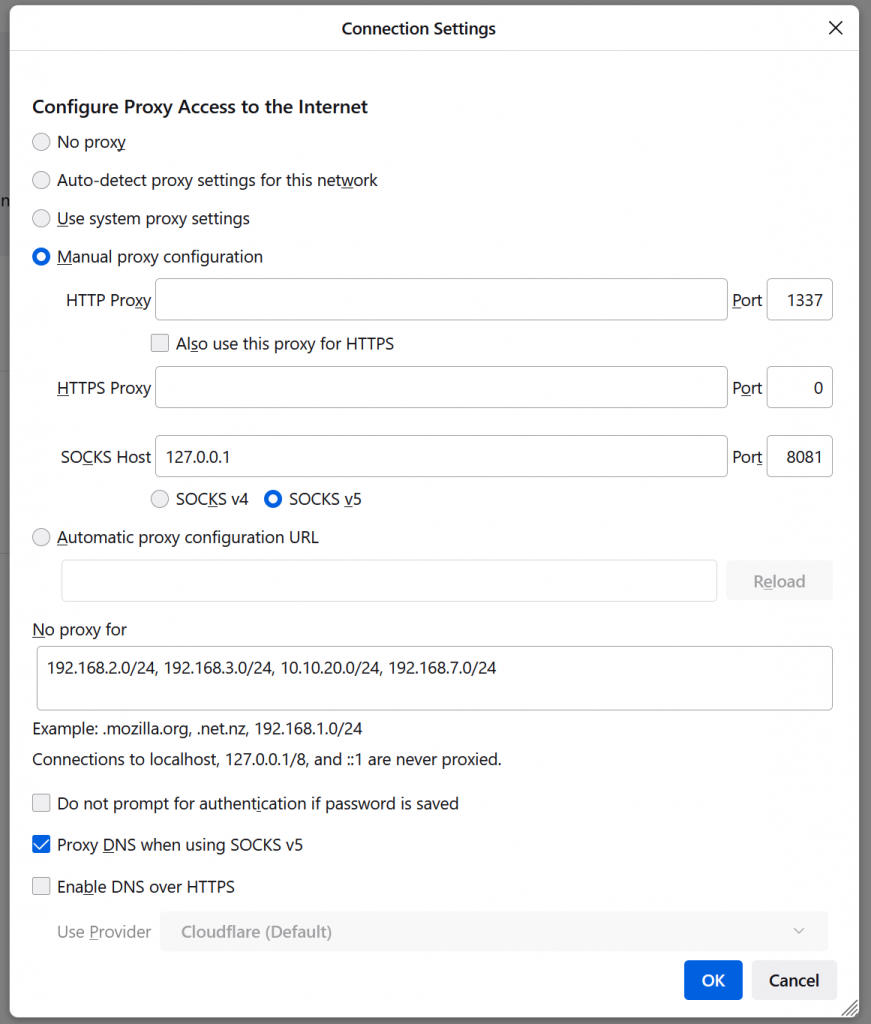You can do this in many ways, the most popular of which is SAMBA, but this is not the software we are using, here we are using SSHFS
The software this post is about is SSHFS, if you are reading this, you probably know what SSH is (Secure shell), and FS stands for File System
Ironically, you will only need to have SFTP and not SSH with shell access, so here is the first surprise, Now, to continue with this tutorial, you might want to visit the page I have posted here to create that user and give him/her access to the directory to be mounted, don’t worry, there is a link back here at the bottom of that page !
So, now that you have created that user account on the remote system, let’s get down to business
You will need 2 peices of software, or 3 if you would like to use private/public key authentication
For the following software, look on their websites for the latest installers for your version of Windows (Usually you are looking for the msi of the 64bit version of windows)
1- WinFsp, short for Windows File System Proxy, What this basically does is enabled the developer of SSHFS-Win to make it look like a windows drive, not some separate SFTP application where you have to move the files manually, when you present it as a drive, you can modify files directly on it, which is the main advantage, and it will do the work in the background, it is a driver that presents itself on/to windows as a disk, while cheating the disk contents from another application, the github page for it is at https://github.com/winfsp/winfsp, or to save you time, Just go directly to the download page here https://github.com/winfsp/winfsp/releases/tag/v1.11 , When presented with optional components, if you are not a developer, you will only ever need the Core package, which is the installer’s default
Once WinFsp is installed, we are done with the part that allows us to display file systems that are not really filesystems, the next step is to have something feed that with data from an actual filesystem somewhere else ! via SFTP, and that software would be
2- SSHFS-Win, which is the system that sits in the middle, between the SFTP server, and WinFsp which is an illusion of a hard drive on your windows machine ! it’s home on github is at https://github.com/winfsp/sshfs-win, To get the latest from this one, go here https://github.com/winfsp/sshfs-win/releases and look for the one that says latest (Not pre-release), download and install it
There is no software to install on the remote side, as most Linux systems already have the functionality ! and you have already setup a user in the previous post that I pointed you to a minute ago, So let us mount !
Now, you can (But don’t do it just yet) open file explorer in Windows, right click “This PC”, and click on Map Network Drive, A dialogue appears, enter your connection string, which should be something like
\\sshfs\username@serverhostname\
You should then be prompted with a password dialogue box, you enter the SFTP password, and you should now be all set, but why are we not doing this right now ? we are not doing this because when you create files in that drive, they will remotely have rwx permissions for owner, and no permissions for group or others, wo work around this, you need to pass the following arguments to the mount
webdev@10.10.20.41:/
create_file_umask=0000,create_dir_umask=0000,umask=0000,idmap=user,StrictHostKeyChecking=no
which is only available via command line and does not survive reboots, a better alternative is to use sshfs-win-manager, which seamlessly mounts those remote file systems using SFTP , the long and short of it is that it just works
Another program that has a different set of permission issues (I can write files, but can’t write to them again even though i own the files on the remote system and the permissions should allow) is SiriKali (https://github.com/mhogomchungu/sirikali), you should be able to find the line to download for your platform here (https://mhogomchungu.github.io/sirikali/)
SiriKali also allows you to use other types of authentication which are beyond the scope of this post
So in SiriKali, you need to fill the above information, luckily that information is loaded by default.
Remember to select the checkboxes you need,




